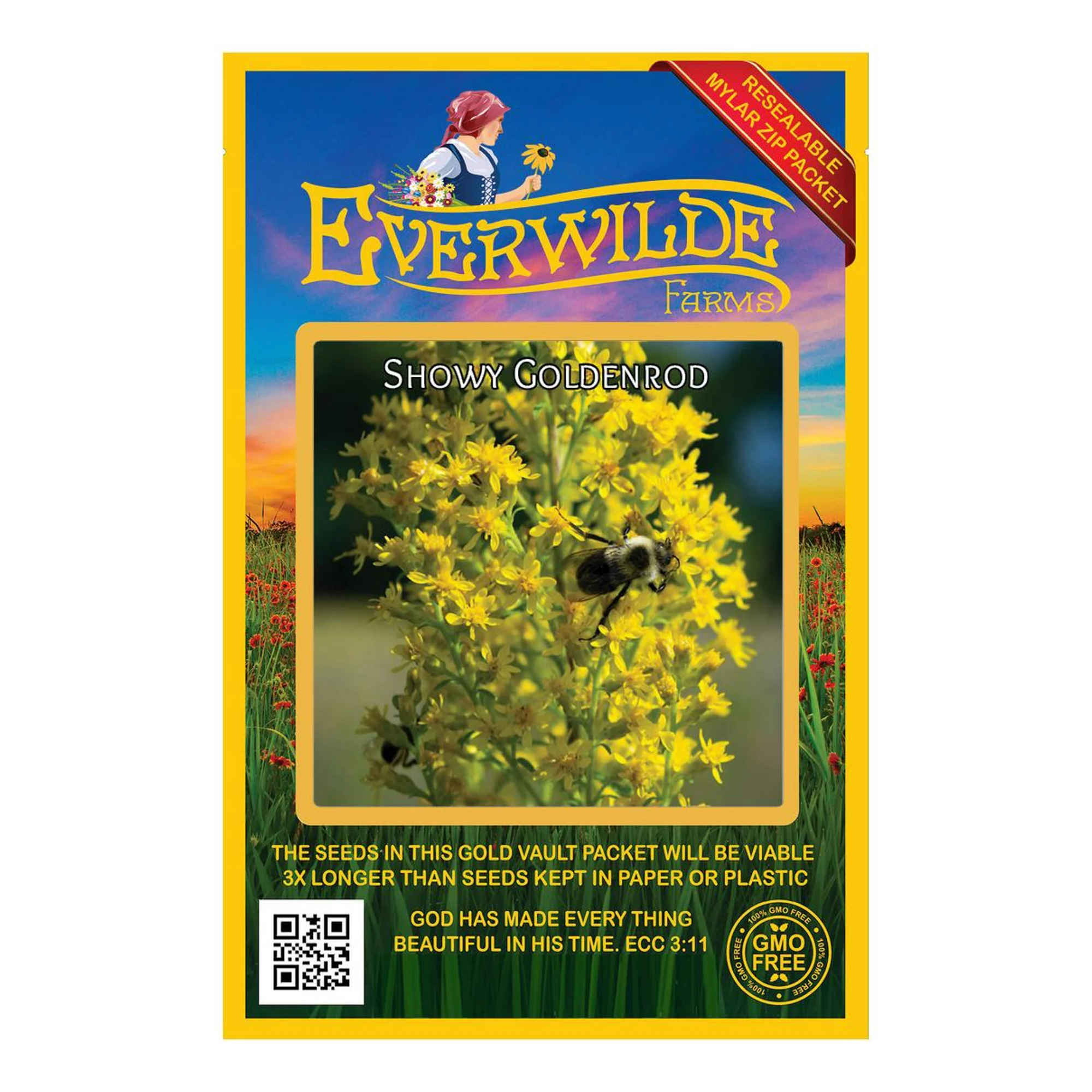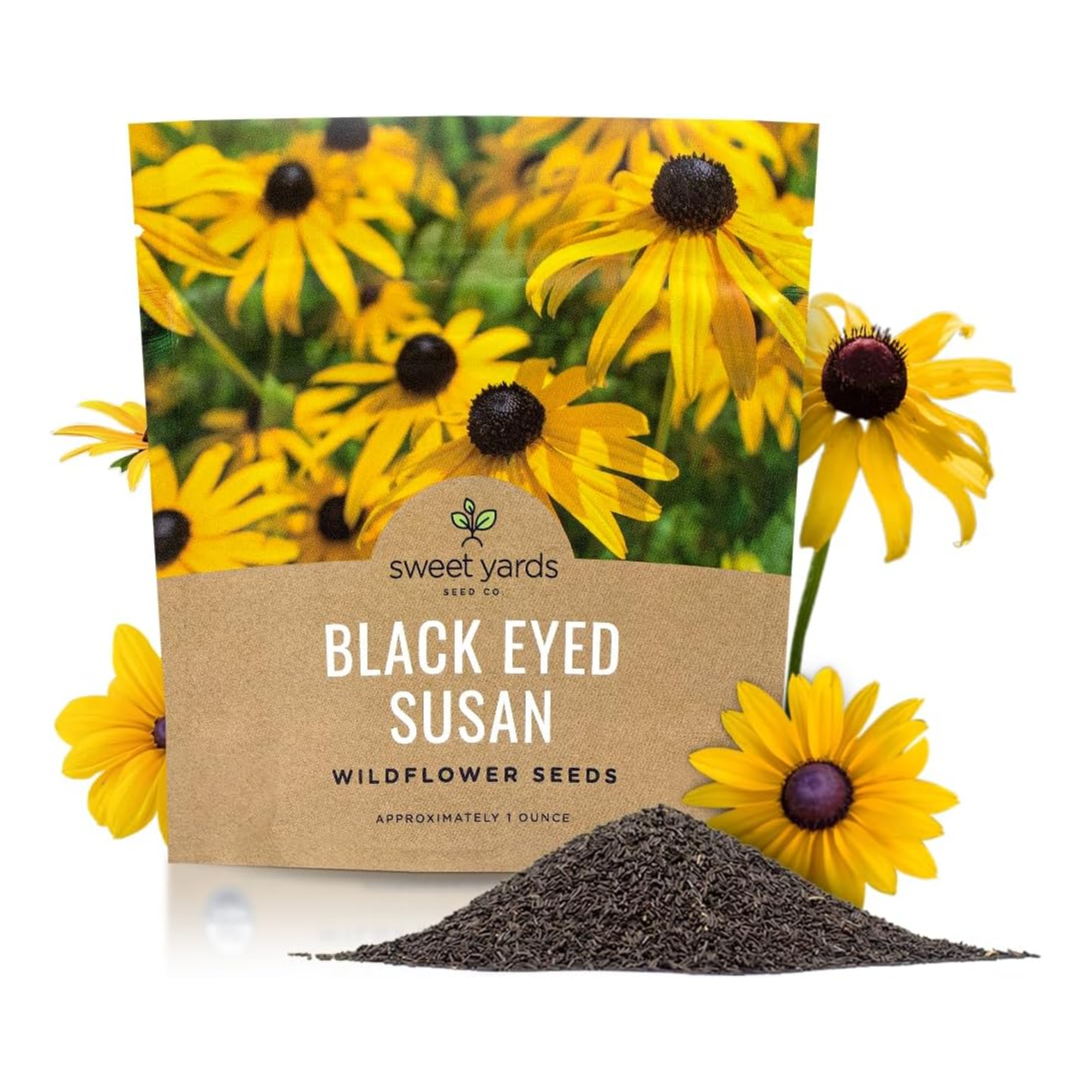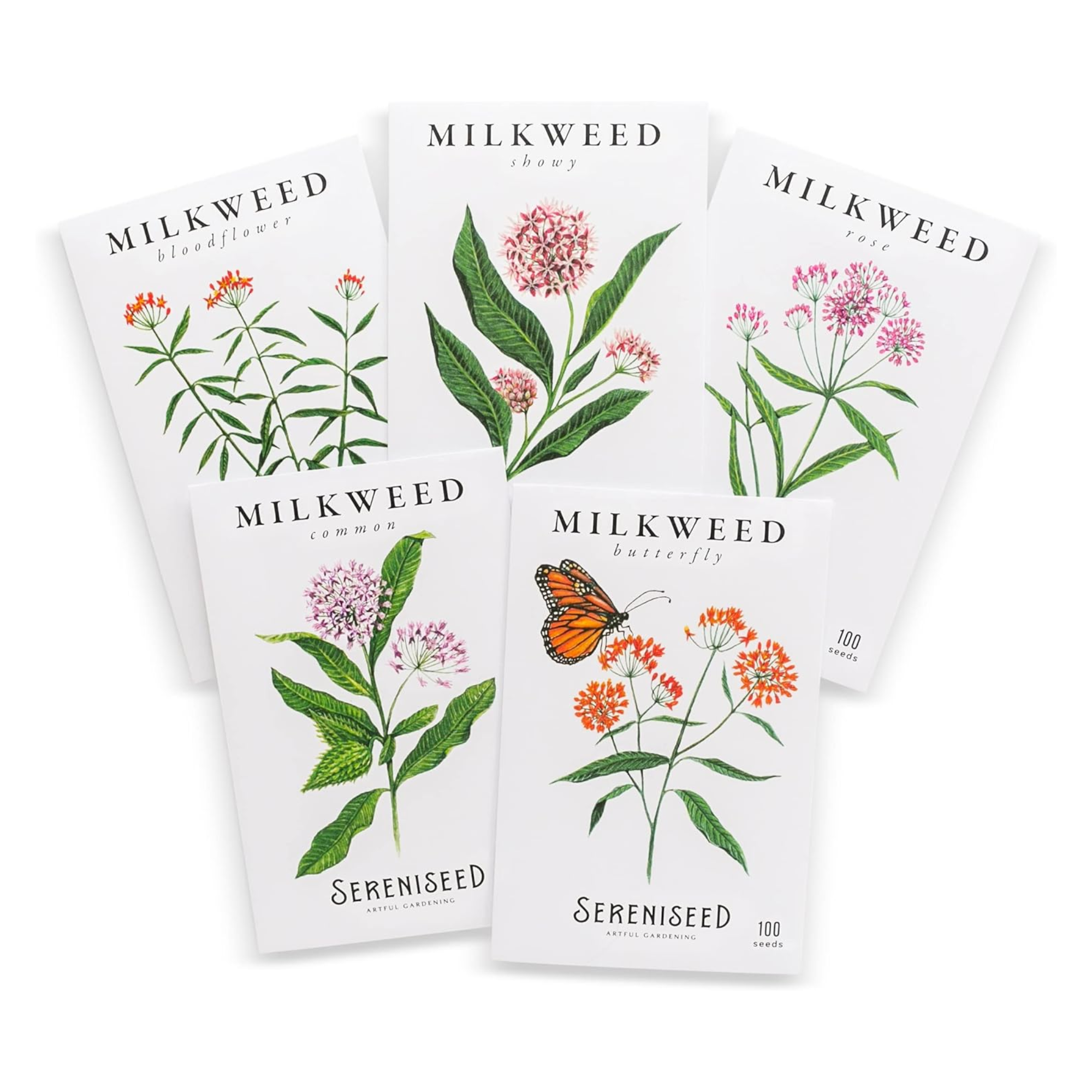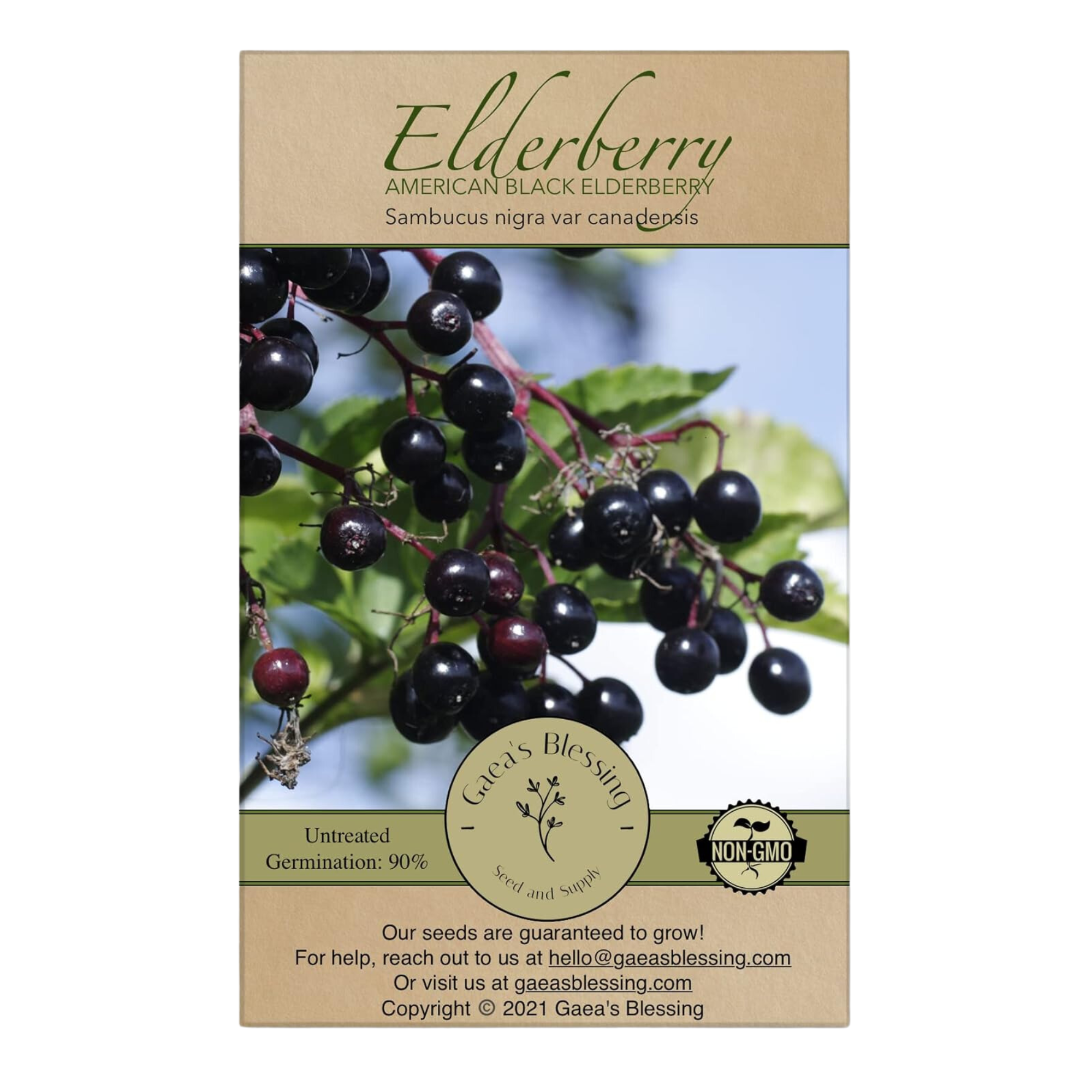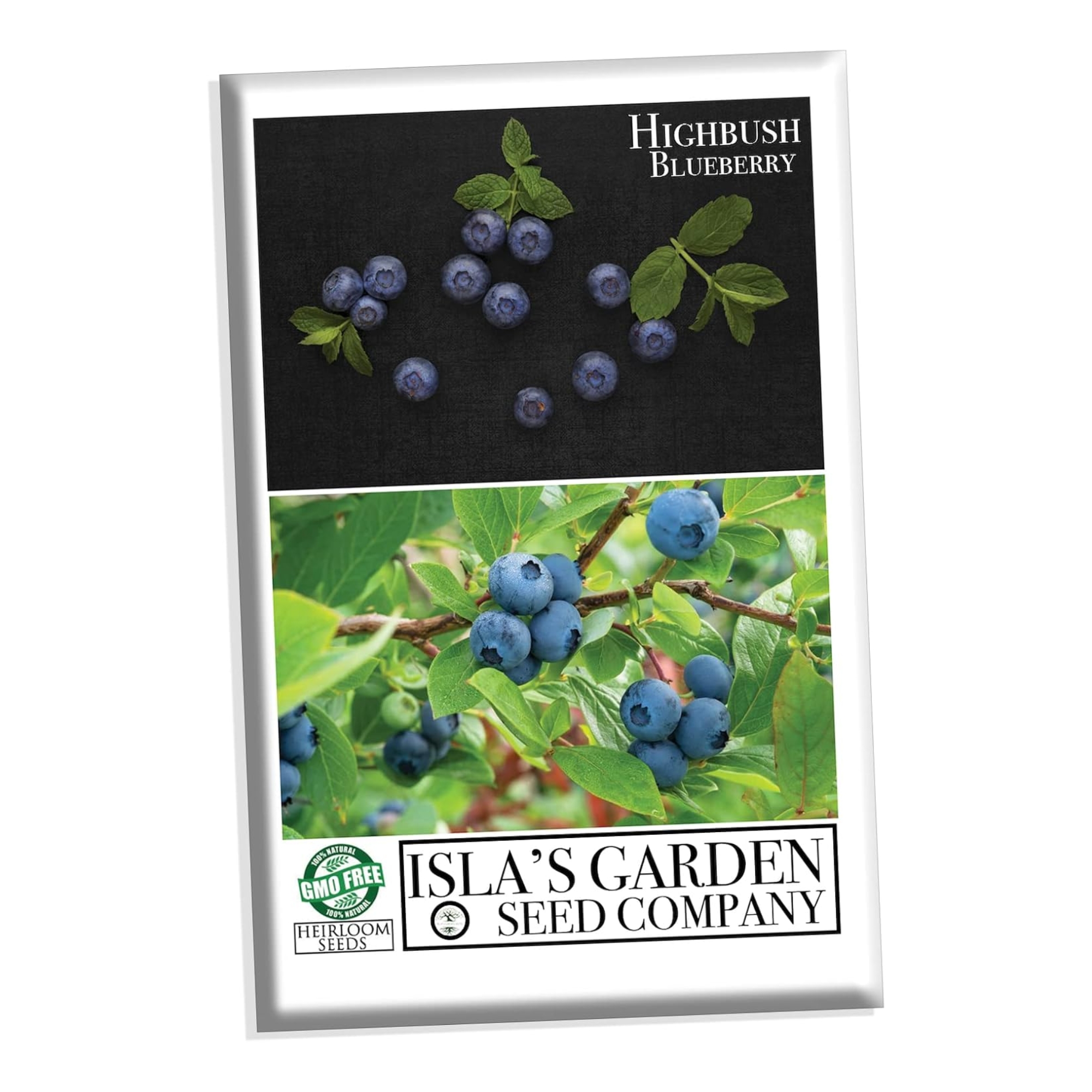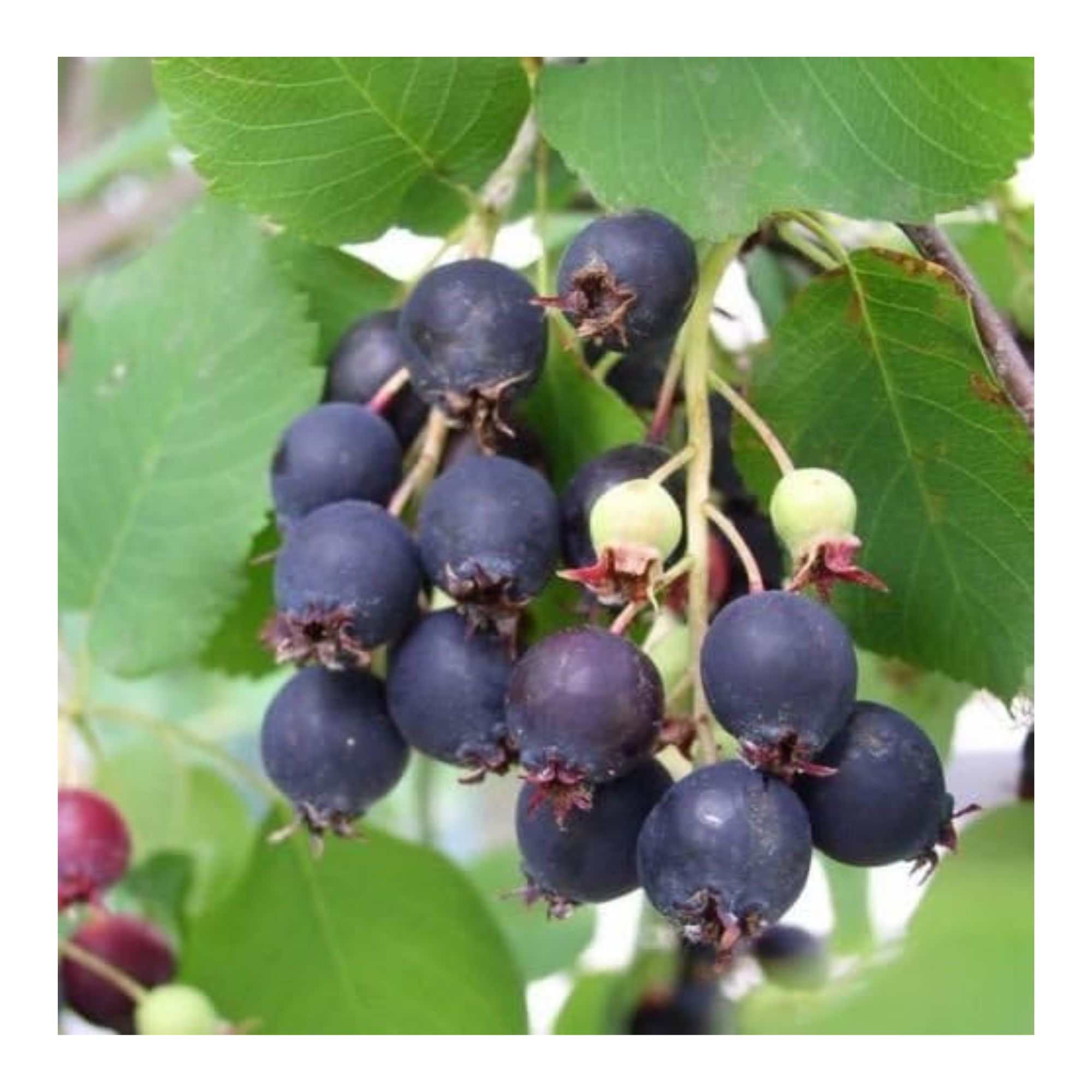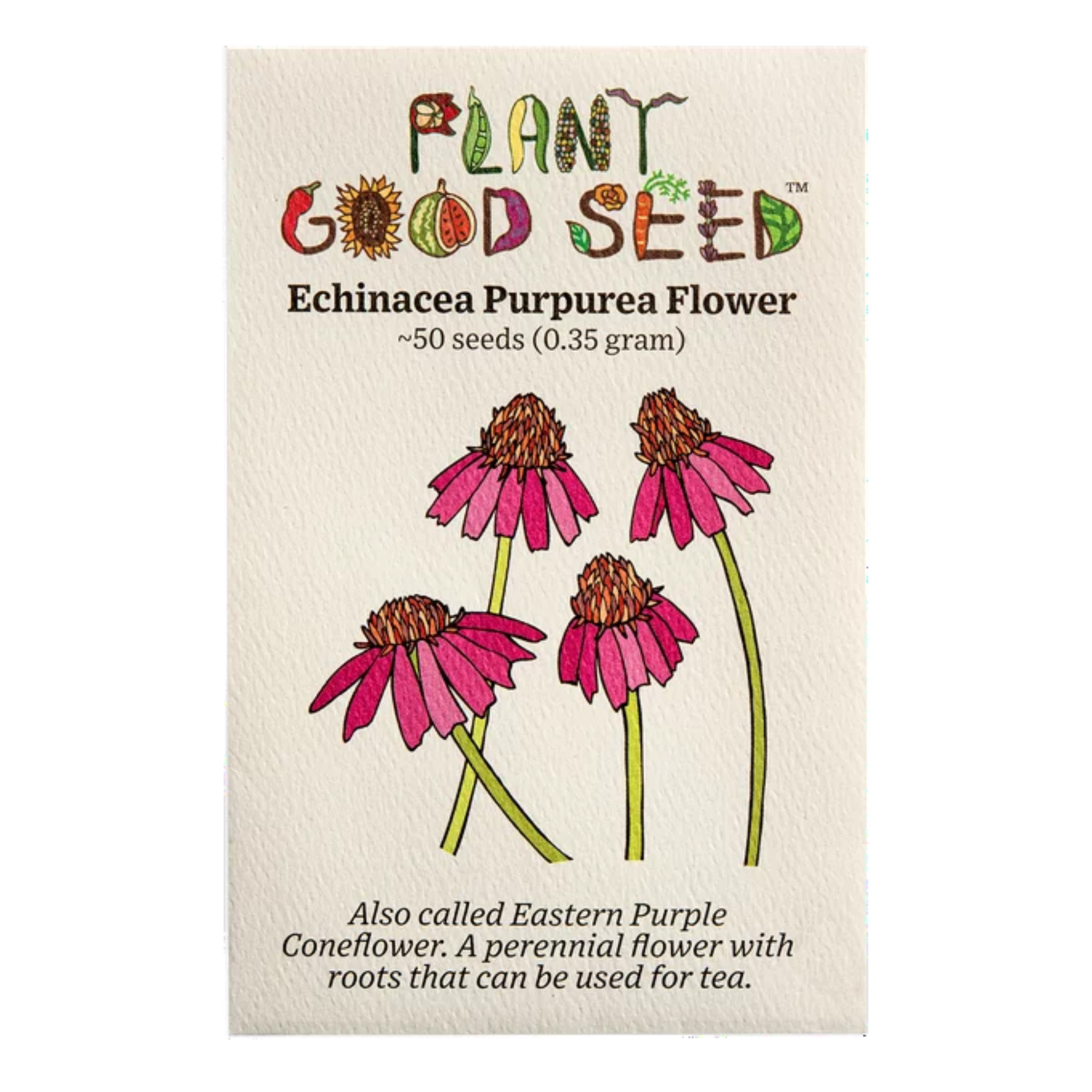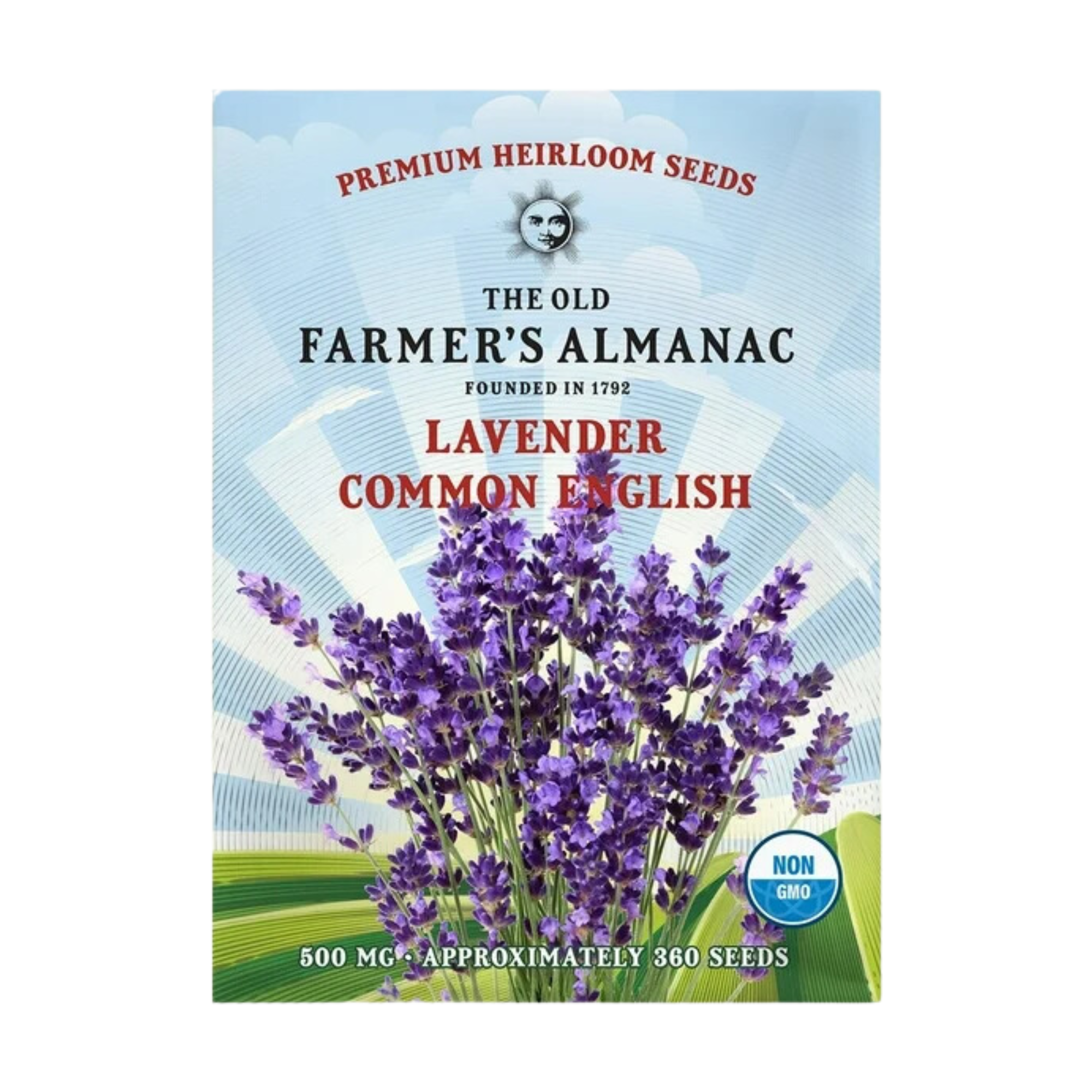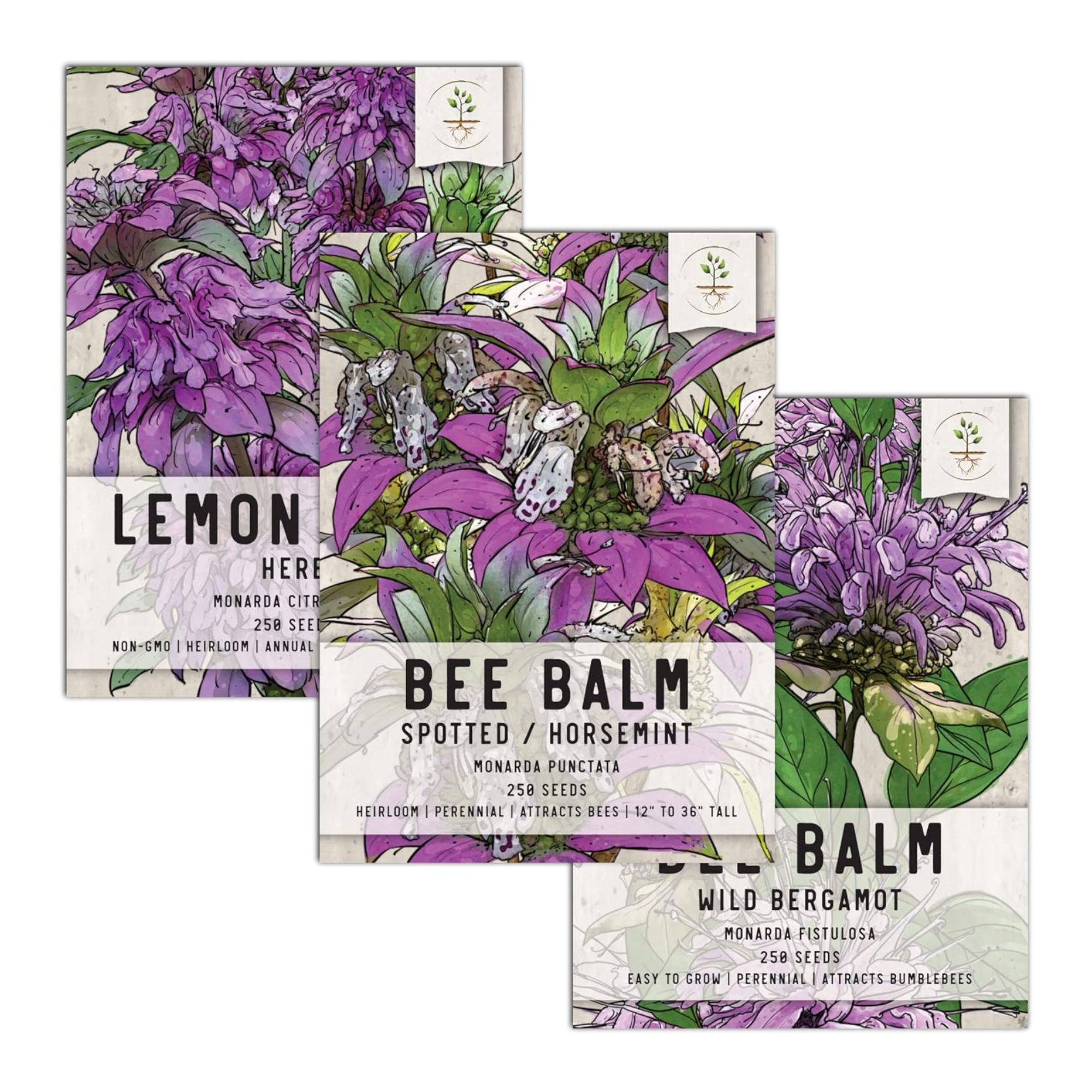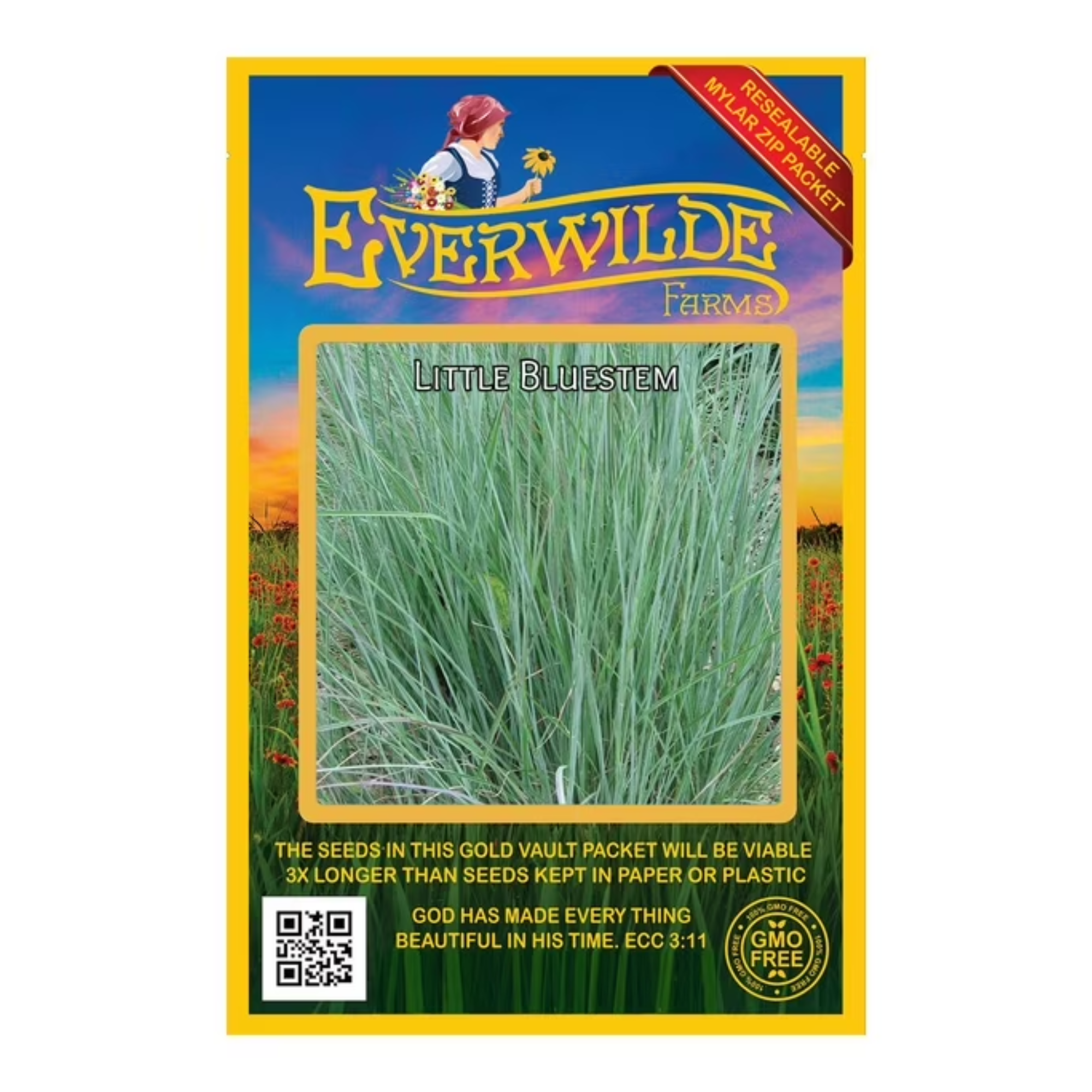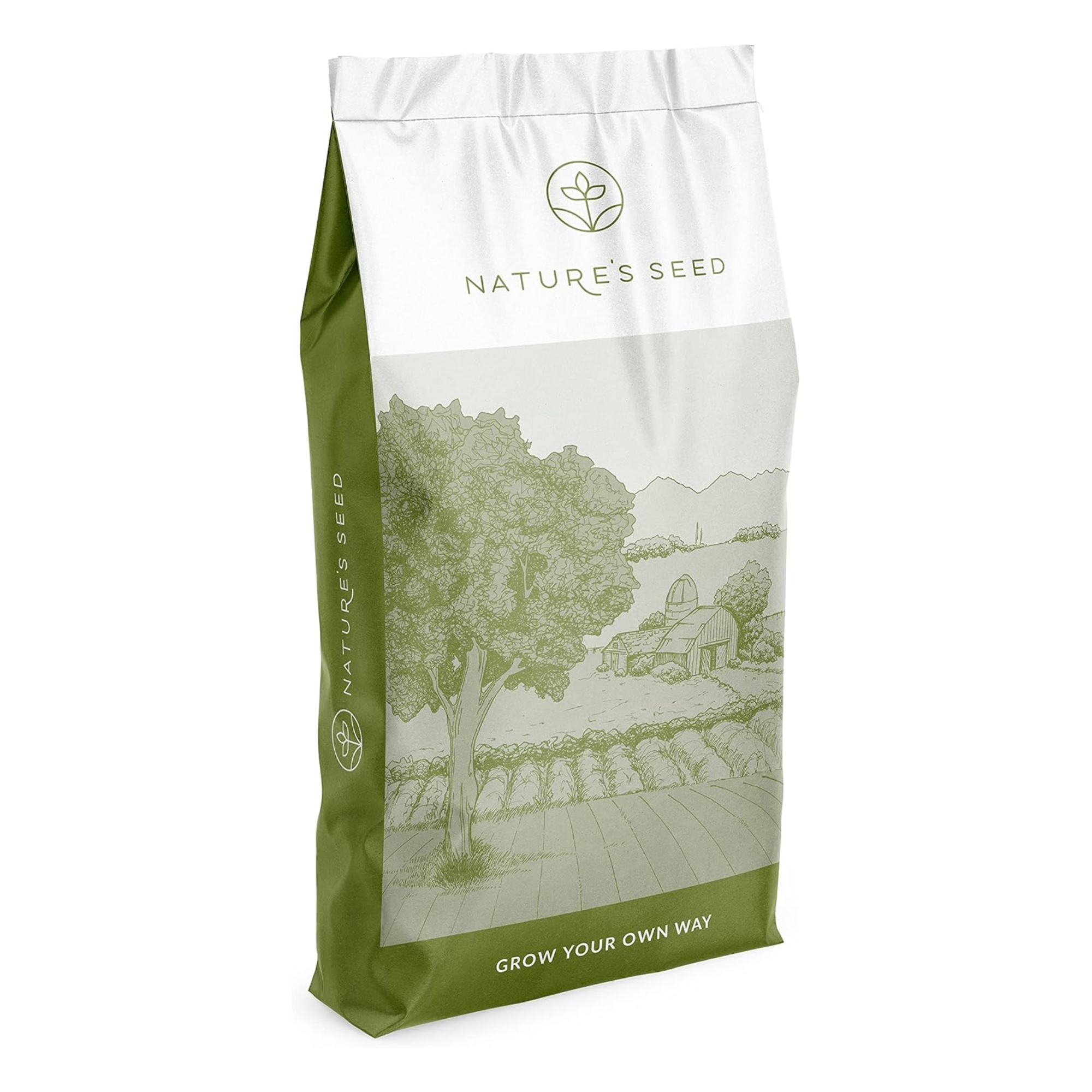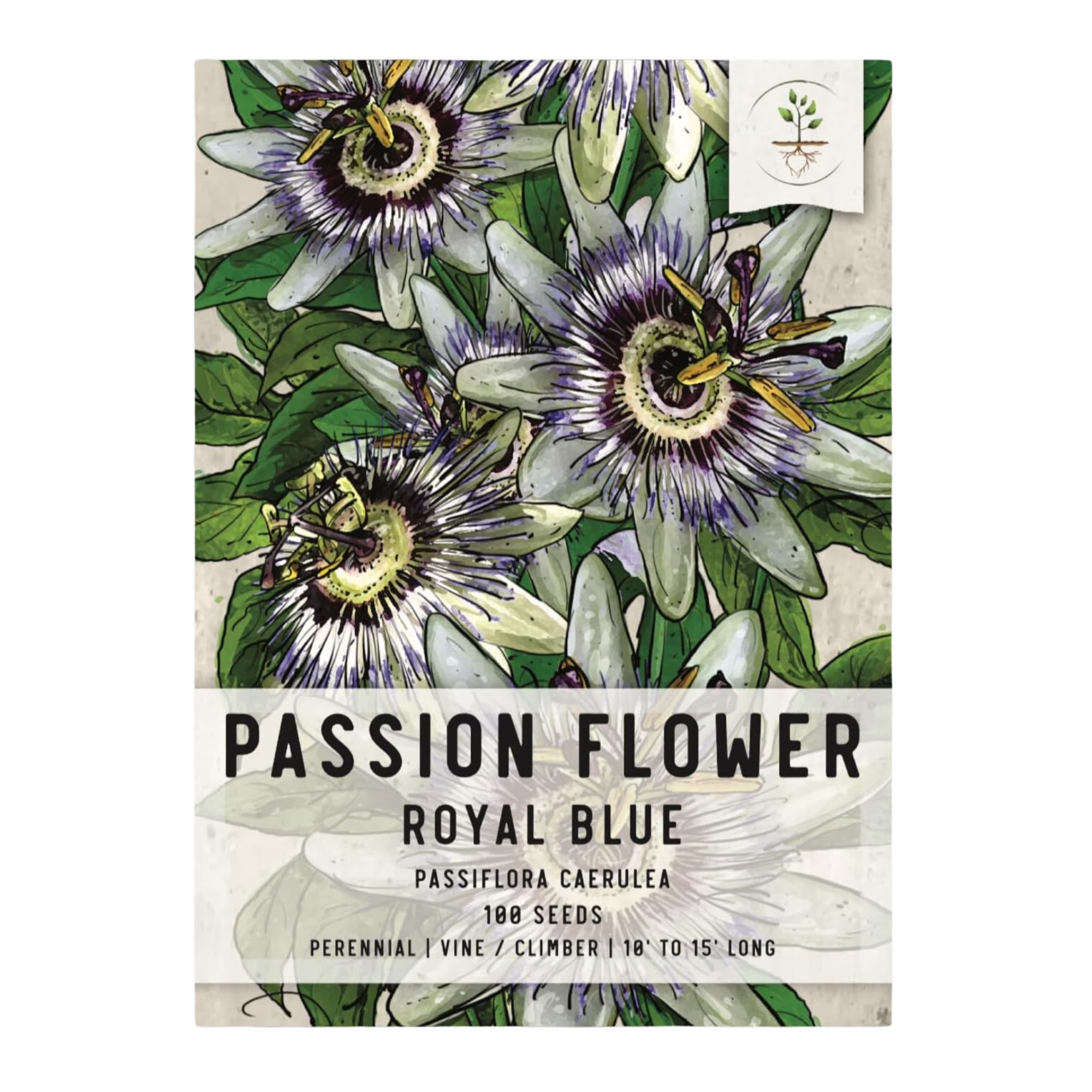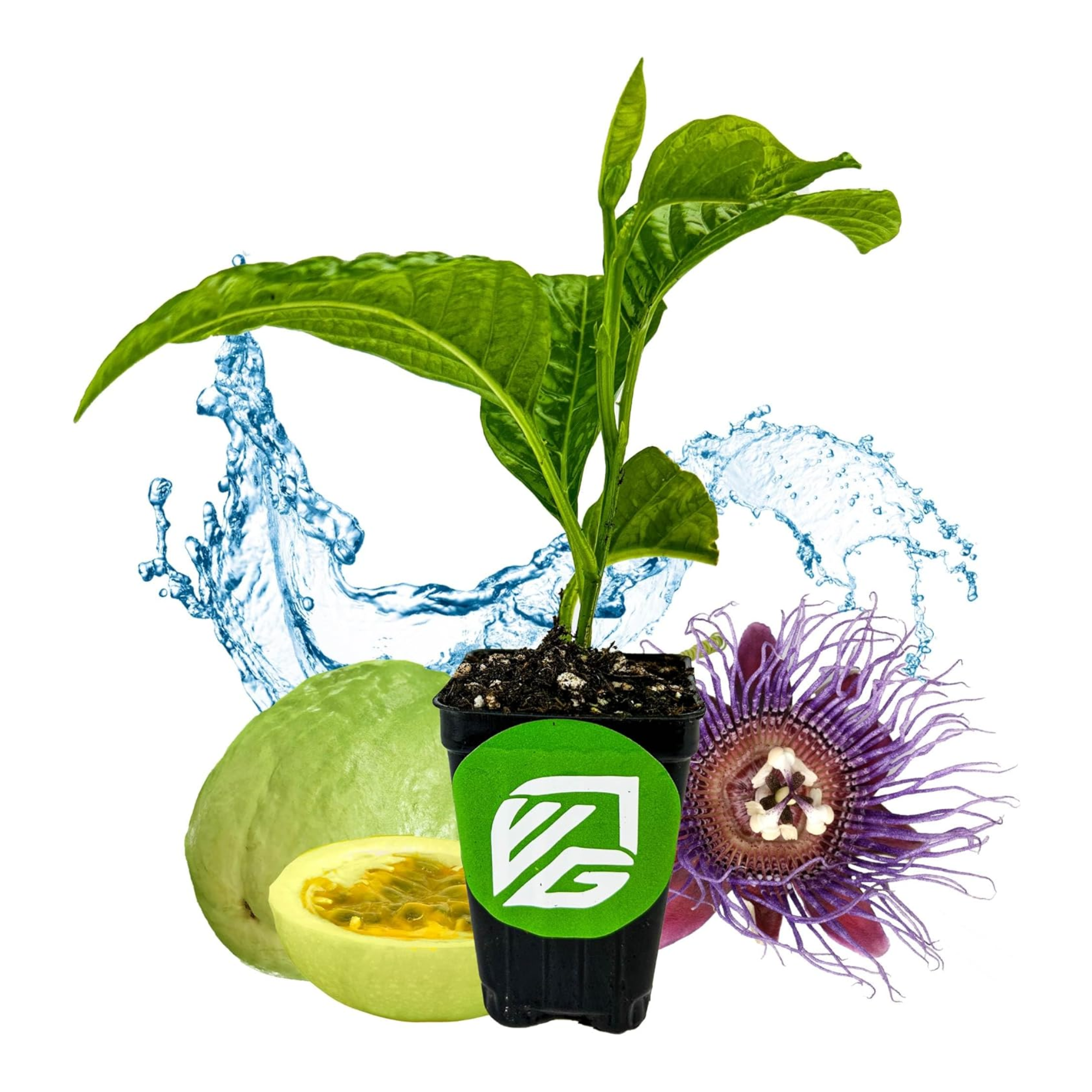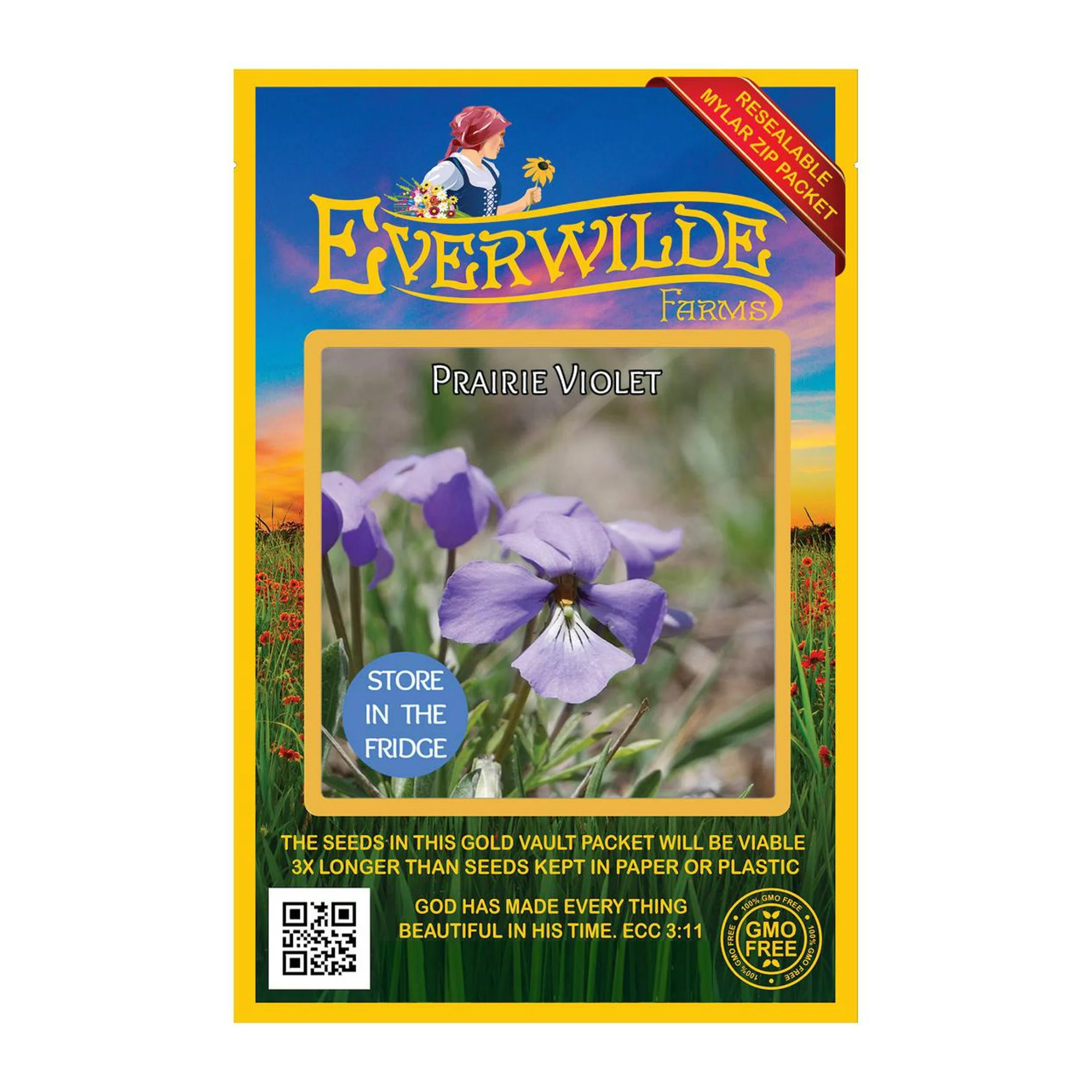What to Plant for a Fauna-Friendly Outdoor Space — An Expert's Guide to Wildlife Gardening
Attract insects, birds, and animals into your home with these foolproof tips that transform your backyard into a lively garden
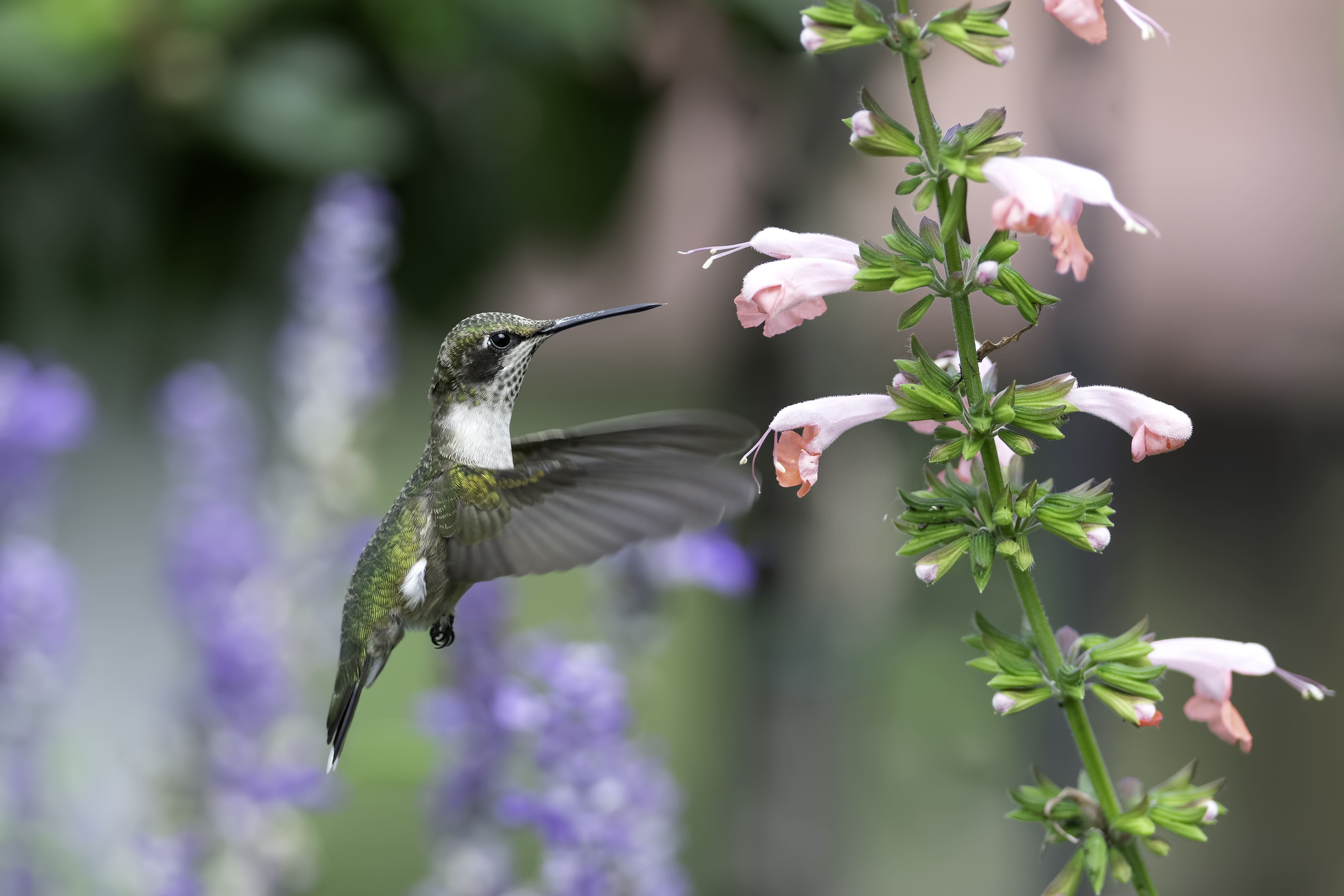

Gardens are meant to bring a vista of natural beauty to your home. And what would it be without a couple of butterflies flitting about or a bird chirping by a tree? Or if you're incredibly well-located, even a deer traipsing by.
If your backyard seems to be full of foliage but is barren of fauna, wildlife gardening is your best bet for bringing your space to life. But aside from the landscaping of the area, the key to a wildlife-friendly garden is to plant intentionally.
We've spoken to the experts and they have shared some of their best tips for plants you should be growing at home. These plants not only bring a ton of visual interest to your space but they're also known to charm animals, insects, and birds into your outdoor space. Just imagine, you'll soon have an enchanting backyard that's welcome to a myriad of earthly creatures.
What to grow in a wildlife garden?
According to Mary Phillips, Head of Native Plant Habitat Strategy & Certification Programs at the National Wildlife Federation, wildlife-friendly gardening is centered around creating a space that is approachable.
Additionally, it's also important to introduce plants that are adored by animals for an organically comforting environment. So these are the plants to keep an eye out for if you're looking to make your backyard a fauna-friendly zone.
1. Native Plants
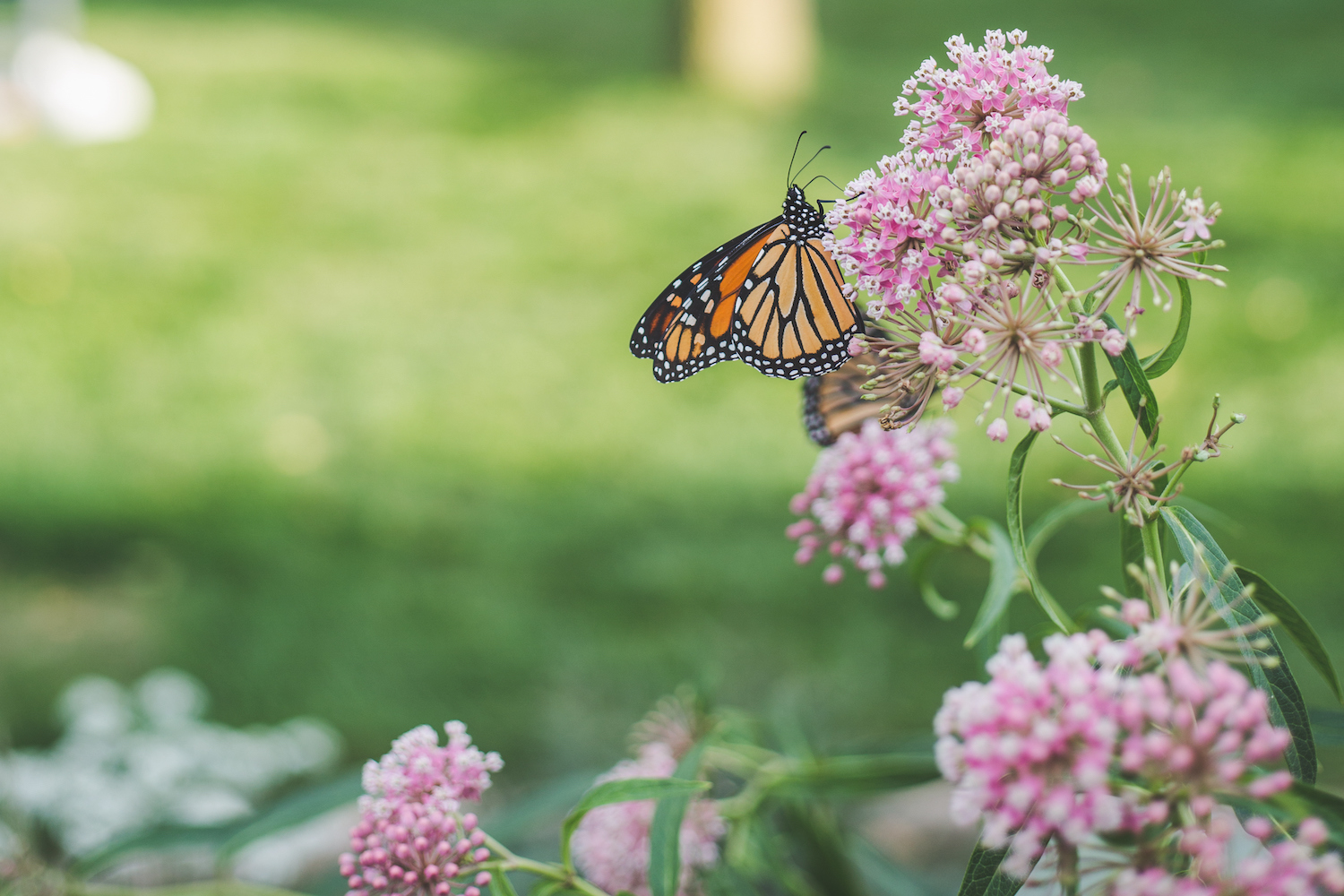
In conversation with Mary, she tells us that gardeners should focus on growing native plants to support local wildlife including bees, butterflies, and birds. 'I recommend using the National Wildlife Federation’s Native Plant Finder to find plants that are appropriate for your particular region,' she says.
Gardening expert Tony O'Neill echoes Mary's call for native plants and explains that they provide the best resources for local wildlife. 'Native plants are adapted to the local climate and soil, making them easier to grow and maintain,' he notes. 'So goldenrod (solidago), black-eyed susan (rudbeckia hirta), and milkweed (asclepias) are great planting options.'
These plants grow quickly and you can feel free to leave them without pruning until they're slightly overgrown to tap into the naturalistic planting trend.
2. Fruit-Bearing Shrubs
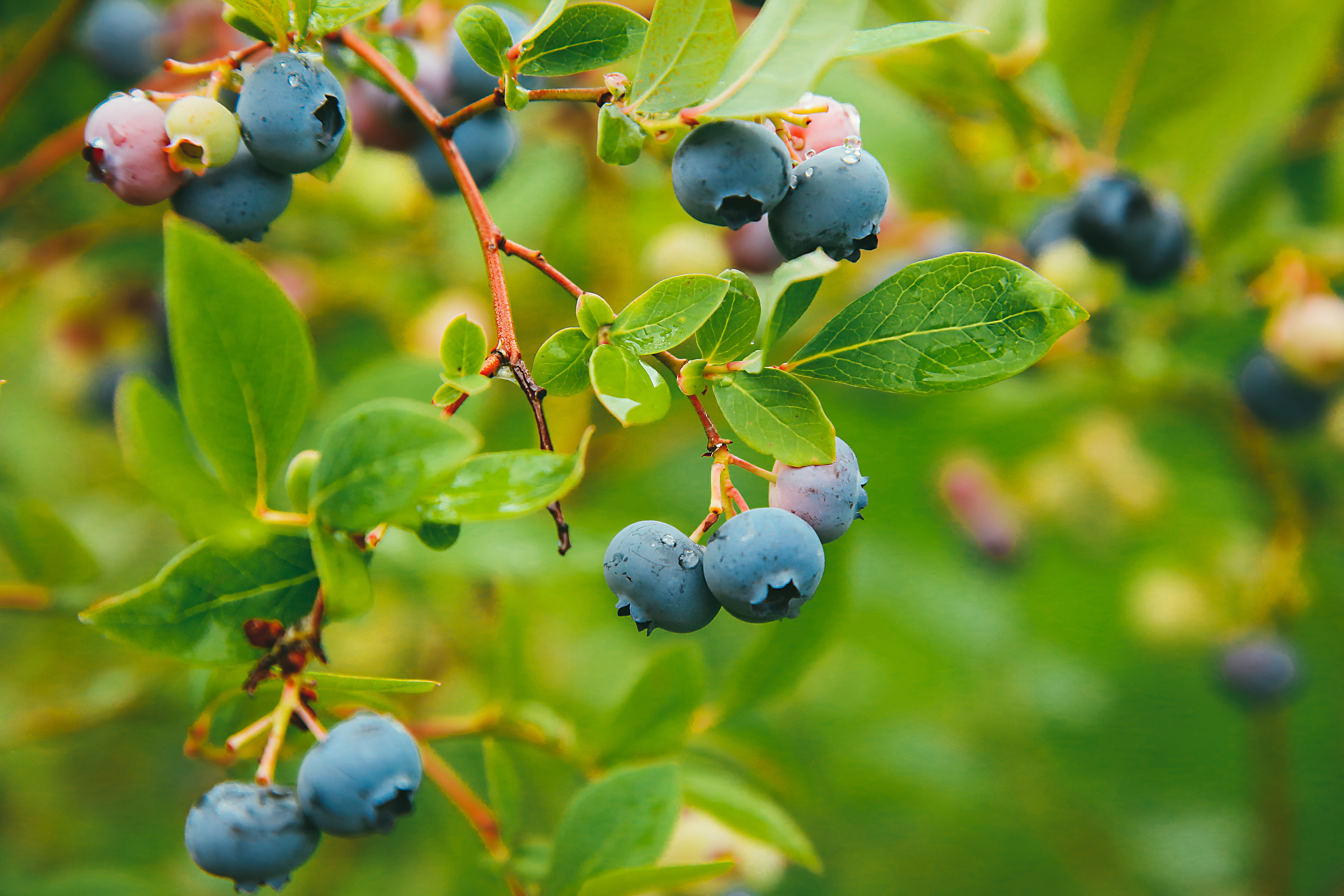
Tony tells us that fruit-bearing shrubs are another important addition to wildlife gardens. 'This is because they offer food for birds and other animals,' he says. If you're wondering what fruit shrubs to consider planting, Tony says that you can't go wrong with elderberry (sambucus), serviceberry (amelanchier), and blueberry (vaccinium).
Mary also recommends planting native shrubs and trees that provide berries for wildlife, such as dogwood and serviceberry.
Among the others, elderberries are one of the best food for birds. And as a plus, having blueberries growing in your backyard also means fresh homegrown fruit for you to enjoy as well.
3. Flowering Plants
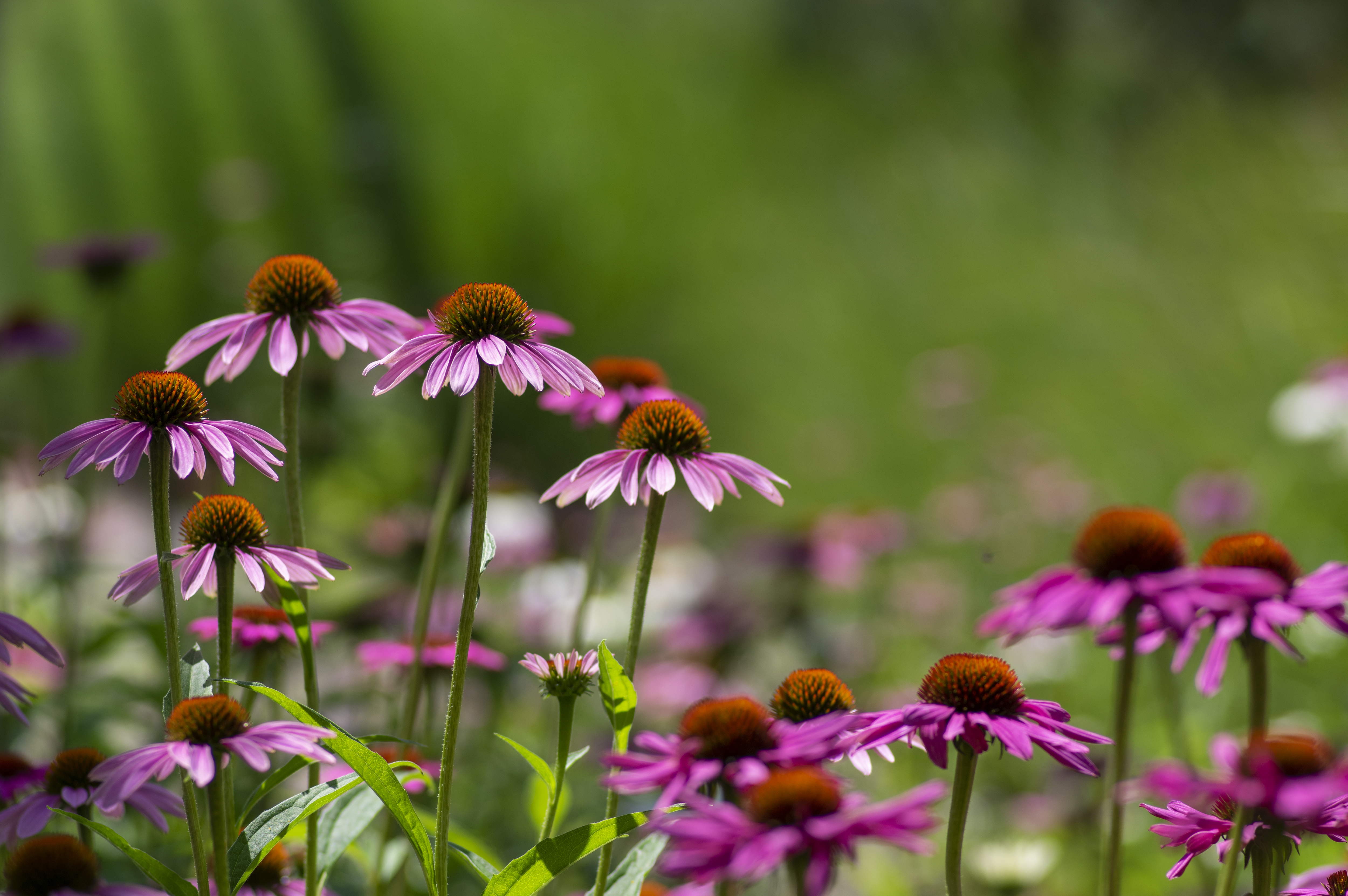
No garden is complete without a couple of flourishing blooms and luckily they're as loved by us as they are by nature. Tony healthy floral crops are a great way to welcome wildlife onto your property.
'Flowers provide nectar for pollinators, making them very popular amongst bees, butterflies, and even hummingbirds,' he notes. 'Try growing echinacea, lavender (lavandula), and bee balm (monarda).'
These are the best flowers for bees and by planting them you'll be doing your part to save the bees, while also getting them to pollinate across your garden.
4. Lush Grasses
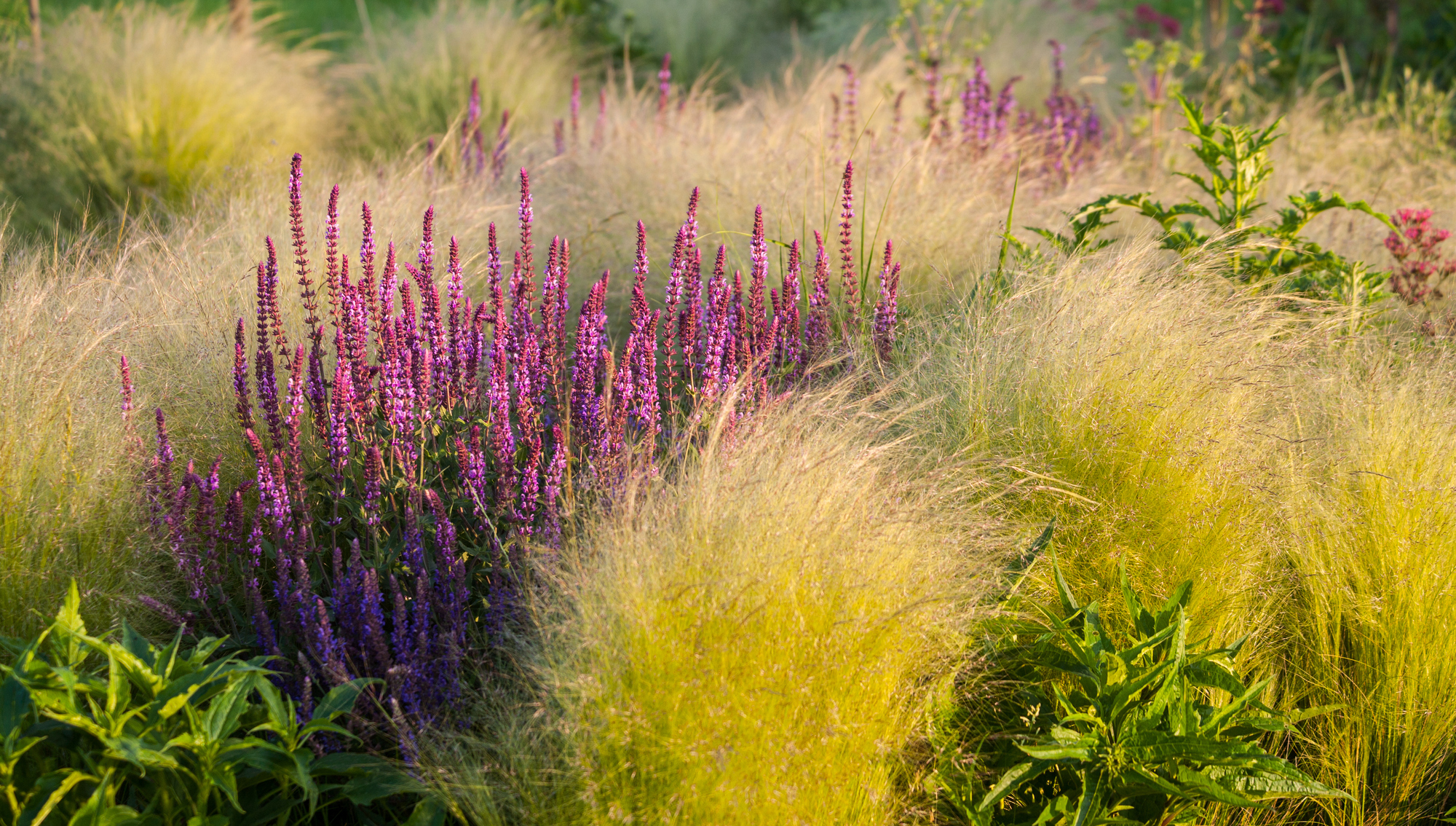
When it comes to the great outdoors and natural pieces of land populated by animals and insects, one of the most apparent aspects is the clumps of free growing grass.
Tony informs us that grasses offer habitat and food for insects and birds. So growing grass like little bluestem (schizachyrium scoparium) and switchgrass (panicum virgatum) will likely make them feel more at home.
Moreover, these plants are essential to native plant lawns and automatically make your garden all the more sustainable.
5. Larval Host Plants
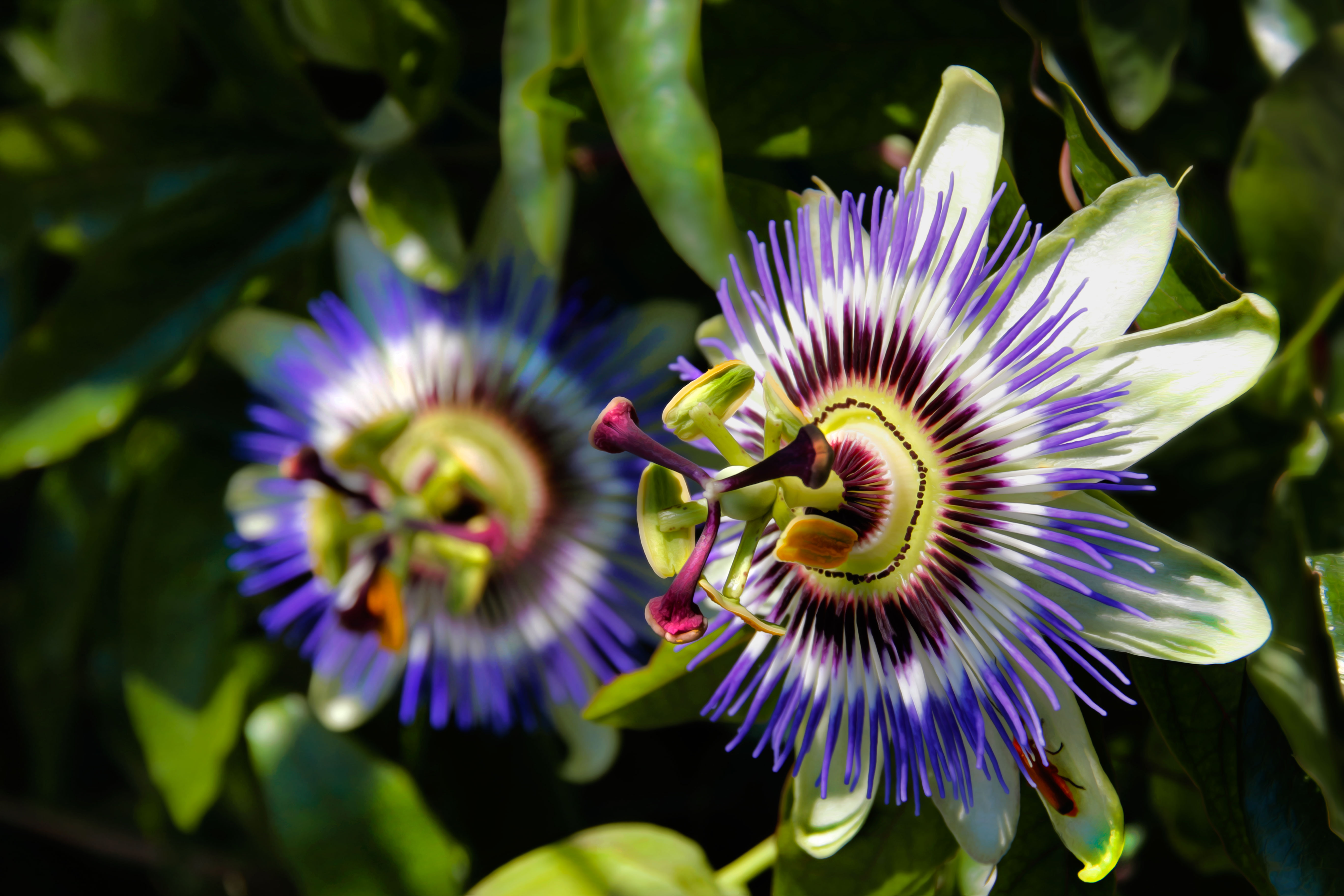
One of Mary's top tips for creating a wildlife-friendly garden is to grow larval host plants and the benefits are aplenty.
'Planting larval host crops are the best plants to attract butterflies and moths as pollinators and helps to support bird populations that feed caterpillars to their young,' she explains. 'Some native flowers, such as coneflowers, asters, and sunflowers that attract pollinators, will also provide seed for birds.'
Mary tells us that passion vine and wild violet are ideal larval host plants and it doesn't hurt that they add a stunning bit of color to the space.
6. Seasonal Blooms

To make your garden work in your favor, it's key to consider the seasonal implications of the foliage. Hence, Mary suggests planting seasonal flowers that are sure to entice wildlife during their prime growing periods.
To bring in beneficial garden insects and other creatures, Mary recommends growing the following crops as the calendar year goes by:
Spring: Columbine, American Beautyberry, and American Plum
Summer: Blanketflower, Oakleaf Hydrangea, and Black-eyed Susan
Fall: Aster, Goldenrod, and Blazing Star
Growing these native plants during their best seasons will ensure a thriving garden year-round.
FAQS
How to care for your wildlife-friendly garden

For the perfect wildlife garden, Tony recommends ditching the pesticides. 'They can harm beneficial insects and other wildlife,' he says. 'Instead, use natural methods like pest control plants, introducing beneficial insects (e.g., ladybugs) or using organic treatments.'
He also advises gardeners to create shelters with a variety of plant types, from ground cover to tall trees. 'Add features like log piles, rock piles, and birdhouses to offer nesting and hiding places.'
Tony explains that adopting modern garden ideas like planting in layers is the best approach to mimic natural habitats and create diverse food sources catering to varied creatures. And adds that it's imperative to ensure your plants are well-watered, especially during dry spells. 'Wildlife relies on healthy plants for food and habitat,' he says.
'Also allow a portion of your garden to grow wild,' he says. 'Letting grass grow taller or leaving leaf litter and fallen branches can provide habitats for various species.'
In his own garden, Tony has found that planting a mix of native flowers and shrubs has significantly increased the number of pollinators and birds visiting. He has also added a small pond and has witnessed a noticeable difference, attracting frogs and dragonflies. 'This experience has shown me that creating a wildlife-friendly garden not only benefits the local ecosystem,' he says. 'But also brings a sense of peace and vibrancy to the garden.'
Be The First To Know
The Livingetc newsletters are your inside source for what’s shaping interiors now - and what’s next. Discover trend forecasts, smart style ideas, and curated shopping inspiration that brings design to life. Subscribe today and stay ahead of the curve.

Amiya is a Home Wellness Writer at Livingetc. She recently graduated with a Masters Degree in Magazine Journalism from City, University of London, and has lent her words to beauty, fashion, and health sections of lifestyle publications including Harper’s Bazaar and Women’s Health. Her experience as a research analyst has equipped her with an eye for emerging trends. When she’s off the clock, she can be found reading, listening to music, or overanalyzing her latest Co-Star update.
-
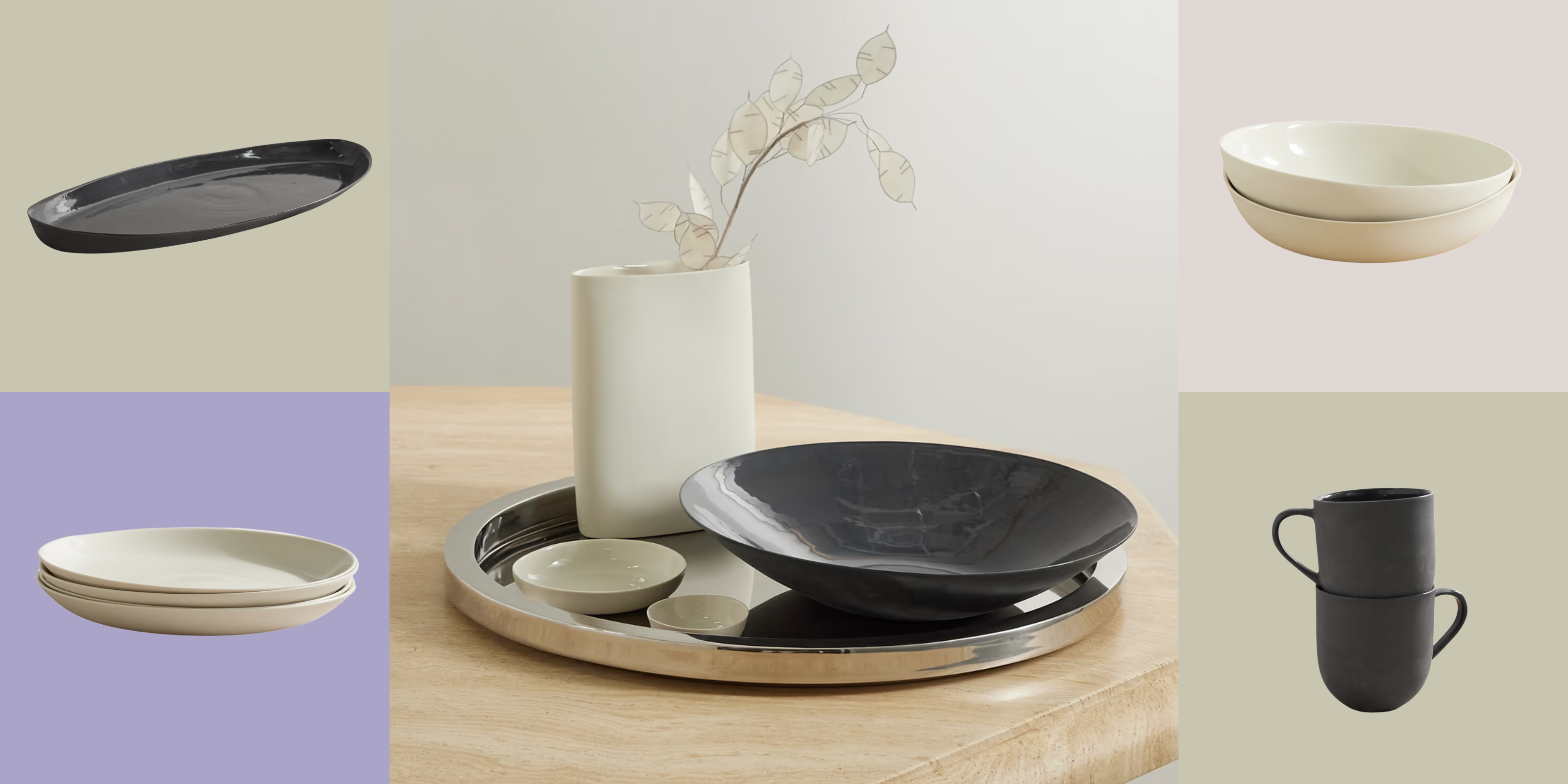 Turns Out, Sustainable Design Can Be Chic, and Net-a-Porter's 'Net Sustain' Curation Is Proof — Here's What I'm Shopping
Turns Out, Sustainable Design Can Be Chic, and Net-a-Porter's 'Net Sustain' Curation Is Proof — Here's What I'm ShoppingFrom the Net Sustain collection, Mud Australia's homeware is not only design-oriented, but eco-focused, too
By Devin Toolen
-
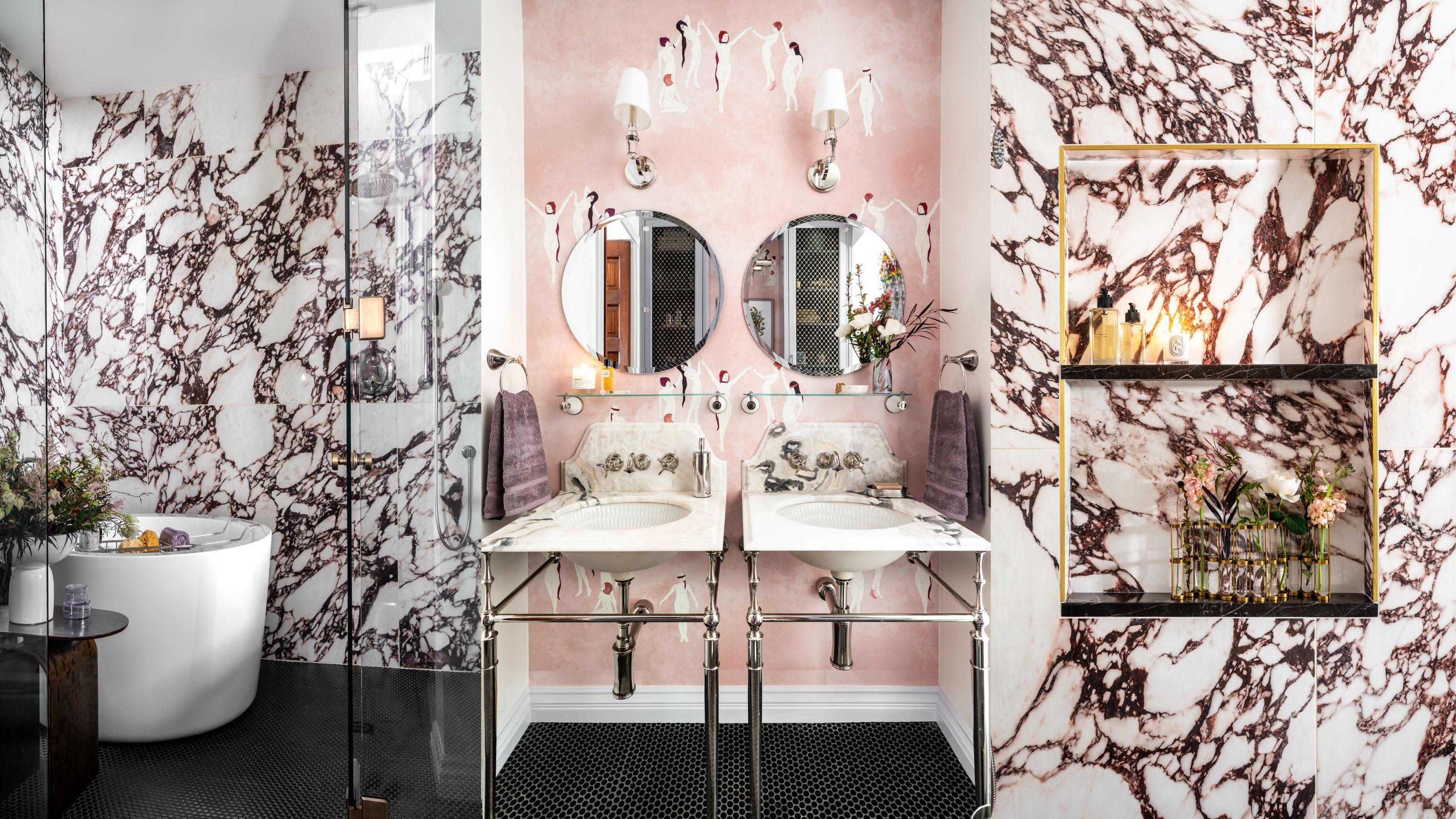 Before and After — How This Jewel-Box Bathroom Made the Most of Its Proportions With Maximalist Design and a 'Soaking Tub'
Before and After — How This Jewel-Box Bathroom Made the Most of Its Proportions With Maximalist Design and a 'Soaking Tub'This design offers a masterclass on creating a luxurious bathroom that is equally playful and elegant.
By Maya Glantz
